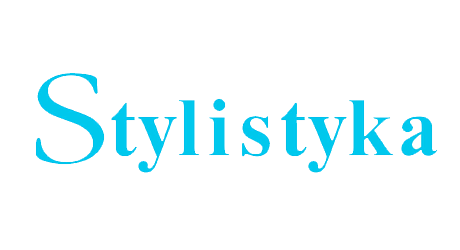

Stylistics as a separate discipline was developed in the 19th century, but the most dis[1]tinguishing division between 1. literary and 2.linguistic stylistics was formed quite re[1]cently: This division is still regarded as ambiguous and unclear which is related to the in[1]terdiscplinary characteristic of stylistics itself. There are, however, a few opponent features which may be applied to both types of stylistics such as: 1.Subjectivity versus objectivity; 2. the individual linguistic expression studies v. all types of utterances systematisation; 3. the analyses of utterances which are connected with a conscious choice v. the analyses ofutterances which are connected with a sponta[1]neous choice; 4. deep structure studies v. surface structure studies; 5. summarising of stylistic analyses v. the preparation for stylistic analyses; 6. literary works studies v. all text: studies The division described in this paper was discussed when linguistic phenomena were analysed without taking the external conditions into account. Nowadays, however, it is believed that the distinction made between literary and linguistic stylistics is not re[1]quired. Therefore every researcher should integrate his linguistic knowledge with liter[1]ary data. Unfortunately, it is still a theoretical postulate at present.
Pobierz pliki
Zasady cytowania